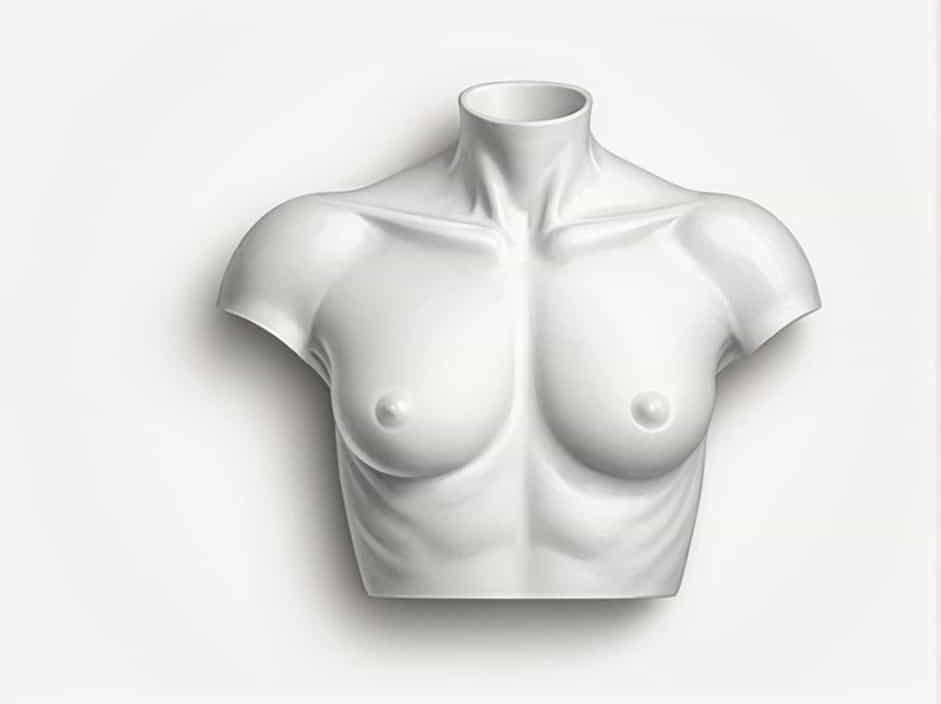The acromioclavicular (AC) joint is the point where the scapula (shoulder blade) and clavicle (collarbone) meet. This small but crucial joint plays a vital role in shoulder movement and stability, allowing a wide range of arm motions.
Understanding the anatomy, function, and common injuries of the AC joint is essential, especially for athletes, weightlifters, and individuals prone to shoulder injuries. This topic provides an in-depth look at the acromioclavicular joint, its structure, function, and related conditions.
Anatomy of the Acromioclavicular (AC) Joint
The AC joint is located at the top of the shoulder, where the lateral (outer) end of the clavicle connects with the acromion, a bony projection of the scapula.
Key Structures of the AC Joint
Several important structures make up and support this joint:
- Acromion – The highest part of the scapula, providing an attachment point for the clavicle.
- Clavicle – Also known as the collarbone, connecting the shoulder to the sternum.
- AC Joint Capsule – A fibrous structure that encloses the joint, providing protection and stability.
-
Ligaments – Strong bands of tissue that stabilize the AC joint:
- Acromioclavicular ligament – Connects the acromion to the clavicle.
- Coracoclavicular ligament – Includes the trapezoid and conoid ligaments, providing additional stability.
- Coracoacromial ligament – Helps maintain the position of the acromion.
- Cartilage and Synovial Membrane – Provides cushioning and lubrication for smooth joint movement.
Function of the Acromioclavicular Joint
The AC joint plays a crucial role in shoulder mechanics by allowing subtle movements between the scapula and clavicle.
1. Shoulder Mobility
- The AC joint enables the scapula to move in multiple directions, helping with overhead movements, lifting, and rotating the arm.
- It works in coordination with the sternoclavicular (SC) joint and the glenohumeral joint (shoulder socket).
2. Load Transmission
- The clavicle acts as a strut, transferring forces from the arm to the central skeleton.
- The AC joint absorbs stress and impact, preventing excessive strain on the shoulder.
3. Stability and Posture
- A stable AC joint maintains proper shoulder alignment, preventing muscle imbalances and postural issues.
- It ensures that the scapula and clavicle move in harmony during upper-body activities.
Common Injuries and Conditions Affecting the AC Joint
Because the AC joint is small and under constant stress, it is prone to various injuries and disorders.
1. Acromioclavicular Joint Sprain (Separated Shoulder)
- One of the most common AC joint injuries caused by falls, direct blows, or sports injuries.
-
Symptoms:
- Pain and tenderness at the top of the shoulder.
- Swelling and bruising.
- A visible bump or deformity at the joint.
-
Treatment:
- Mild cases (Grade 1-2): Rest, ice, pain relievers, and physical therapy.
- Severe cases (Grade 3-6): Surgery may be required to restore alignment.
2. AC Joint Osteoarthritis
- A degenerative condition where cartilage in the joint wears down, leading to pain and stiffness.
-
Common in:
- Older individuals.
- Athletes or those with a history of shoulder injuries.
-
Symptoms:
- Gradual pain increase, especially with overhead movements.
- Joint swelling and tenderness.
- Clicking or grinding sensation (crepitus).
-
Treatment:
- Non-surgical: Anti-inflammatory medications, corticosteroid injections, and physical therapy.
- Surgical: In severe cases, an AC joint resection (removal of a small part of the clavicle) may be needed.
3. AC Joint Dislocation
- Occurs when the ligaments stabilizing the AC joint are torn, leading to joint misalignment.
-
Causes:
- High-impact trauma (e.g., car accidents, contact sports).
- Heavy lifting with improper form.
-
Treatment:
- Immobilization with a sling.
- Physical therapy to restore strength and function.
- Surgery in severe cases.
4. AC Joint Bursitis
- Inflammation of the bursa (fluid-filled sac) near the AC joint, often due to repetitive stress.
-
Symptoms:
- Shoulder pain, especially with movement.
- Swelling and tenderness at the top of the shoulder.
-
Treatment:
- Rest, anti-inflammatory medication, and ice therapy.
- Injections or physical therapy if symptoms persist.
How to Strengthen and Protect the AC Joint
Maintaining shoulder strength and flexibility is essential for preventing AC joint injuries. Here are some effective strategies:
1. Strengthening Exercises
- Shoulder shrugs – Strengthens the trapezius muscles to support the AC joint.
- Scapular retractions – Improves posture and stability by strengthening the back muscles.
- Rotator cuff exercises – Helps maintain shoulder function and prevent impingement.
2. Stretching and Mobility Work
- Chest stretch (doorway stretch) – Reduces tension on the AC joint.
- Cross-body shoulder stretch – Improves shoulder flexibility and range of motion.
- Thoracic spine mobility exercises – Supports shoulder mechanics and posture.
3. Proper Lifting Techniques
- Avoid excessive overhead lifting without proper form.
- Use controlled movements to reduce unnecessary strain on the AC joint.
4. Rest and Recovery
- Allow the shoulder to recover after intense activity.
- Use ice therapy after workouts to prevent inflammation.
5. Ergonomic Adjustments
- Maintain proper posture while sitting and working.
- Adjust keyboard and desk height to prevent shoulder strain.
When to See a Doctor
Seek medical attention if you experience:
- Persistent pain in the AC joint that does not improve with rest.
- Visible deformity or bump at the top of the shoulder.
- Limited range of motion affecting daily activities.
- Clicking or grinding sensations with shoulder movement.
A physician or orthopedic specialist can assess the condition and recommend the best treatment plan.
The acromioclavicular (AC) joint is a crucial connection between the scapula and clavicle, playing a key role in shoulder movement, stability, and force transmission. While small, this joint is prone to injuries and degenerative conditions, making proper care and strengthening exercises essential.
By understanding the anatomy, functions, and common disorders of the AC joint, individuals can take proactive steps to prevent injuries, improve shoulder health, and maintain an active lifestyle.
